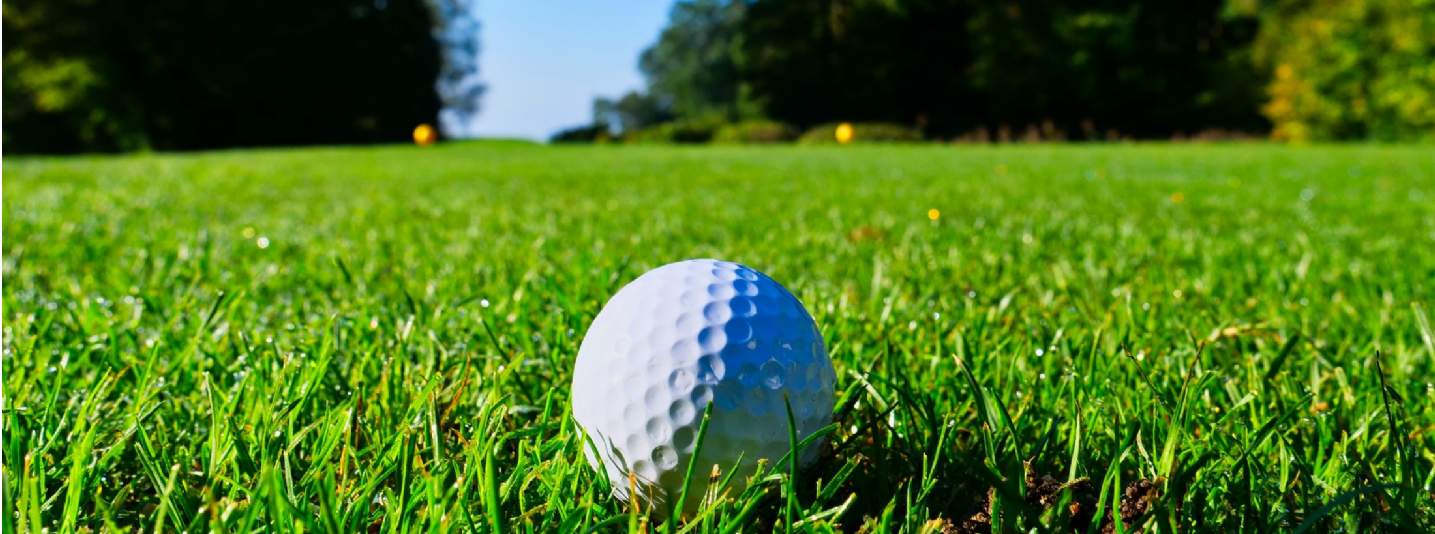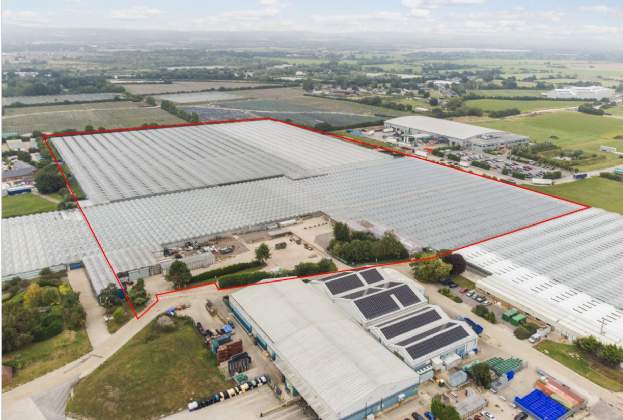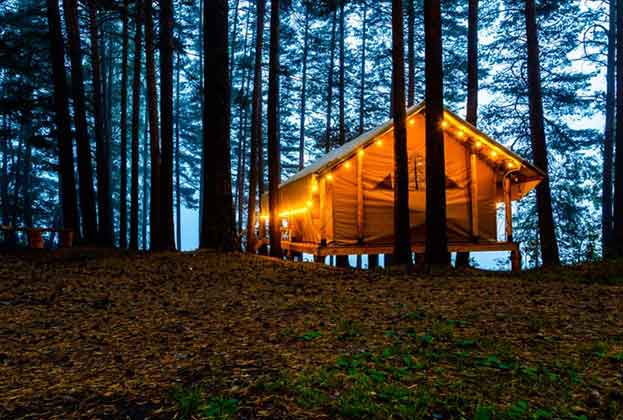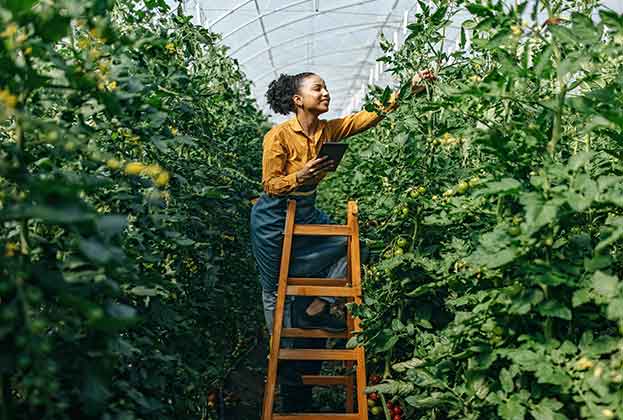When the first Covid-19 lockdowns were announced in the UK last year the future for many golf clubs looked uncertain. Without membership revenue, or customers spending on site either purchasing golf equipment or food and drink, it seemed inevitable that we would see many more clubs closing their doors for the last time.
However, what emerged was a reinvigorated sport, experiencing a resurgence in golf membership and green fee rounds. This year we expect the same resilience and demand for golfing to be just as strong.
Prior to the pandemic participation in golf was on a downward trend. There were many areas of concern: not enough youngsters, cost, trouble booking tee times, outdated dress codes, complicated rules. And yet we saw near-record numbers of rounds played during the summer of 2020, according to Golfshake.
As the UK emerged from lockdown, golf was one of the first activities to reopen and a renewed sense of excitement was felt about it. There was a rush to secure places to take part in a sport which was played outside on spacious courses and offered the ability for participants to social distance and use their own equipment. Many courses have eliminated the need for players to touch any equipment which isn’t their own, such as flag sticks. In fact, Golfshake found that 63 per cent of golfers who took up the sport last year specifically stated that one of the reasons they did was the ability to play outdoors.
The increase in demand for golfing meant that despite many of the ancillary functions such as bars, restaurants and shops remaining closed, and the ability to host events and functions such as weddings not available, golf courses were still able to generate good levels of revenue.
A survey of more than 200 golf clubs found that over 80 per cent saw an increase in membership revenue in 2020. The BRS golf research, by GolfNow, finds that 40 per cent of clubs reported an increase in green fee revenue, 55 per cent saw double digit growth in rounds and 33 per cent reported that rounds were up ‘significantly’ last year. Demand was so high in some locations that waiting lists had to be introduced, reported 11 per cent of the survey respondents.
With many ancillary functions closed there were reduced overheads but as the increased demand is expected to remain, and with a roadmap out of lockdown now well underway, we could see increased revenue for many clubs in the year ahead as full operations commence.
To reinforce this even further, going forwards golf is set to benefit from changes in habits and the desire for a better work/life balance as a result of the pandemic. As people look to increasingly work remotely and commute less, golf is an appealing and safe way for many to spend their extra leisure time.
This has created a sector that has become more desirable to investors, with a particular uptick in interest from lifestyle buyers and leisure operators who see golf fitting in as part of their wider portfolio.



.jpg)

.jpg)

.jpg)
.jpg)
.jpg)
